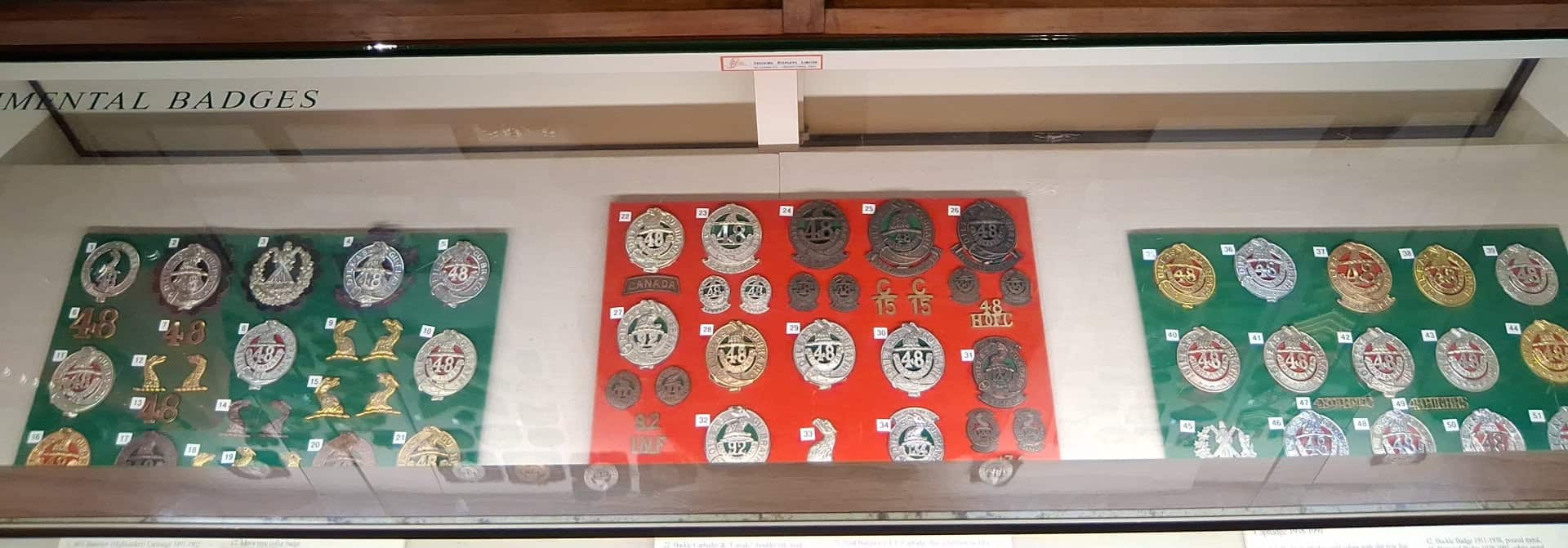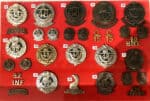Cap badges are an iconic feature of military uniforms across Canada and the wider Commonwealth, worn by all branches—army, navy, and air force—as a symbol of identity and esprit de corps. These metal insignia are affixed to headdress such as berets, peaked caps, service dress hats, and forage caps, making them among the most visible emblems of a service member’s affiliation.
The tradition of the cap badge traces back to British regiments in the 18th and 19th centuries. Early badges often featured simple devices—crowns, cyphers, or regimental numbers—cast or stamped in brass or white metal. As regimental identities became more formalized in the Victorian era, especially after the 1881 Childers Reforms, distinctive badges were standardized across units. Canadian forces inherited this practice and, over time, developed their own unique designs.
In the Canadian Army, only infantry regiments and armoured regiments are entitled to wear their own distinctive regimental or unit badge. All other personnel—artillery, engineers, signals, logistics, medical, and other corps—wear a cap badge representing their branch or corps rather than a specific regiment. This distinction reinforces the centrality of regimental tradition to infantry and armoured soldiers.
Naval personnel of the Royal Canadian Navy, and Royal Navy before them, wear badges displaying naval crowns, anchors, or other maritime symbols. Air force members have badges incorporating eagles and crowns.
Cap badges are rich in symbolism. Many feature mottos, historic battle honours, or heraldic devices. For example, the maple leaf, crown, and regimental crests often blend Canadian national symbols with British heritage. Badges can also indicate rank in some services.
One interesting detail is that cap badges are often “voided”—cut out in parts—giving them a lacy, openwork look prized by collectors. Soldiers polish their badges meticulously for inspections, and many veterans treasure their badge as a keepsake of their service.




